Biography
The endearing toy animals by Renate Müller (born on 24th october 1945) make not only children but also grown design aficionados smile at first sight. For some time now, one has been finding these resilient playfellows not only in untidy child’s rooms but also in galleries and auction catalogues – Renate Müller’s plump but cute hippos, seals, elephants and bears have already become coveted collector’s items.
As a student at the technical college for toys from 1964 to1967, her teacher, Helene Haeusler, encouraged her to design her first toy animals, meant for disabled children with their robust and simple style. „Toys for children with special needs must fulfil certain criteria. The fact that they are being designed to help these children to develop their physical and mental abilities does not mean that they have to look differently.“ Renate Müller says about her design concept basing on simple forms and materials she has been faithfully following for decades (Renate Müller, Toys +Design, ed. By E. Snyderman, Z. Myers, 2010, p. 16). Gunny and leather patches in red and light-blue invite children to touch and caress the toys, the handles make it possible to carry them easily. The designer got her inspiration from the pedagogical principles of Friedrich Froebel, who had opened the first Kindergarten in 1840 and by the works of Walter Gropius, the founder of the Bauhaus.
The designer’s interest in toys was almost innate. Already as a child, Renate was allowed to help her father, Hubert Josef Leven in his toy factory. Toys had been manufactured in Sonneberg since the 19th century and prior to the First World War 20% of the toys offered in the global market came from this city in Thuringia. After having finished her studies, Renate joined her parents at the toy factory and created therapeutical toys. The first models, ready for serial production were a duck, a rhino and a dice that were exhibited at the Leipzig Fair in 1967. In collaboration with physicians and therapists, she expanded her array of figures that had gotten very popular at Kindergartens. After her father’s toy factory got nationalised in 1972, Renate Müller continued to design for the successor VEB Therapeutisches Spielzeug (later VEB Vereinigte Spielwarenwerke Sonni). In 1974, the designer completed a qualifying seminar at Burg Giebichenstein, the college for Industrial Design. In 1976 she was admitted to the artist’s association of the GDR.
In 1978 Renate Müller went free-lance and was able to create numerous playgrounds. From 1982 she taught ‚Creating toys of fabric’ at the Sonneberg school of engineers. After the fall of the Berlin wall, the award-winning designer was able to buy back her copyrights of her models and founded her new workshop „Spielzeug + Design“. Since then, she has been manufacturing all her models by hand and even repairs her old ones, as many of the animals bring joy to the third generation of children.
Objects by Renate Müller
-
Sold
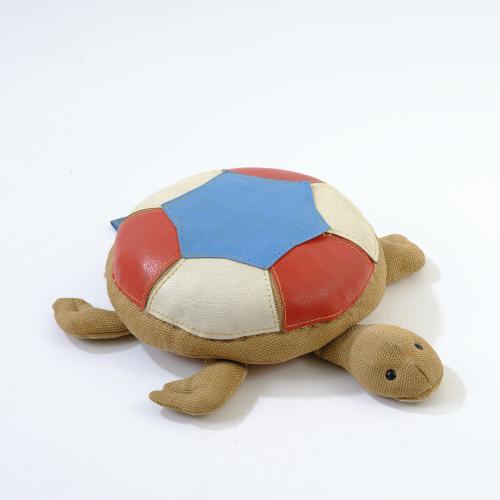
Renate Müller Müller, Renate, Therapeutisches Spielzeug, Sonneberg
Tortoise, 1971 (design)
Hammer Price: 1,400 €
-
Sold
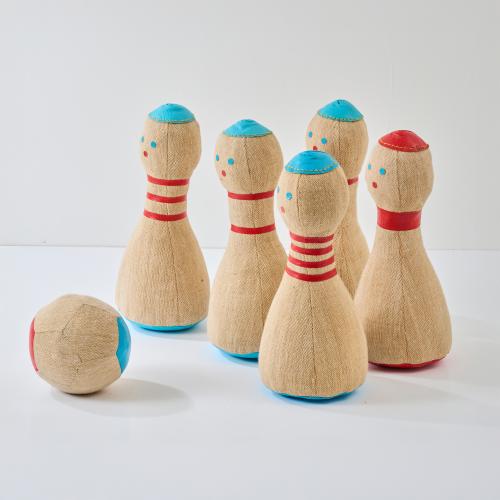
Renate Müller Müller, Renate, Therapeutisches Spielzeug, Sonneberg
5 pins and ball, 1968
Hammer Price: 800 €
-
Sold
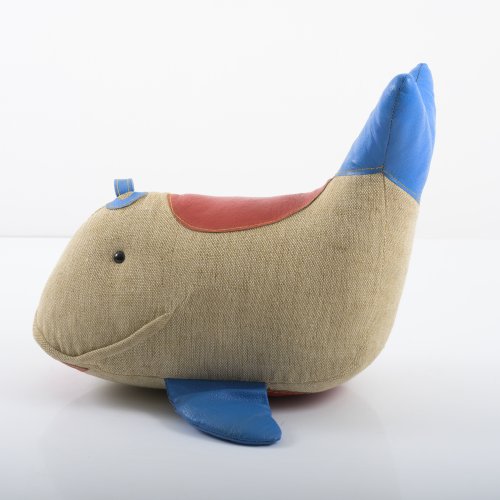
-
Sold
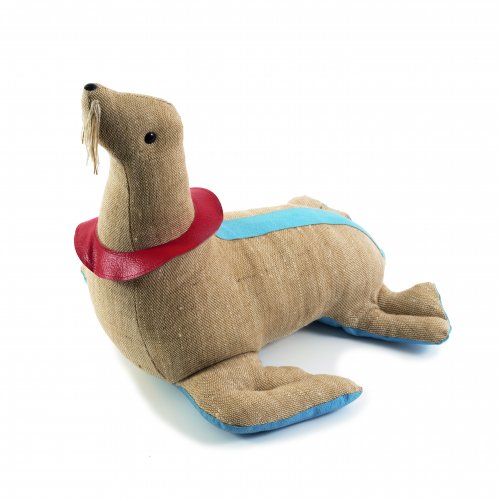
-
Sold
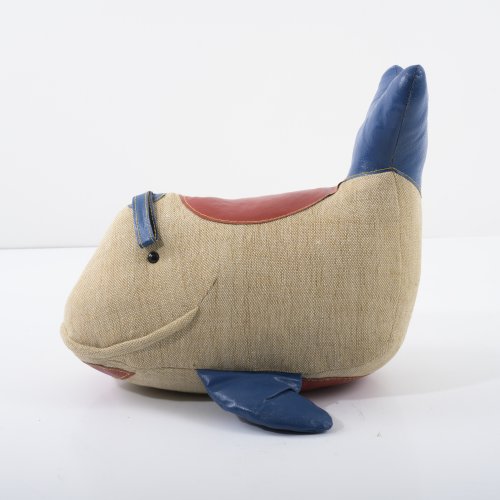
-
Sold
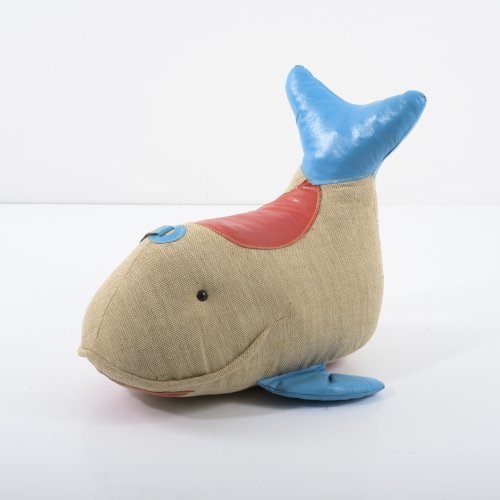
-
Sold
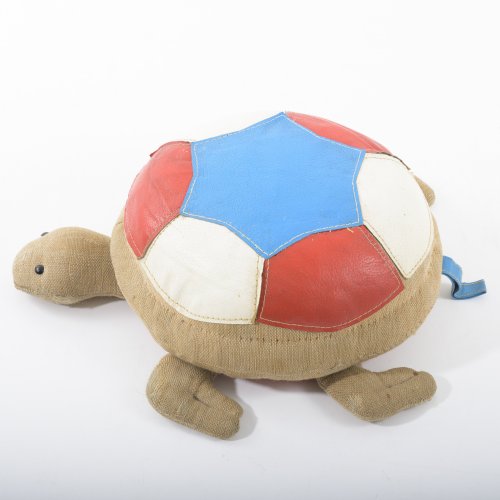
Renate Müller Müller, Renate, Therapeutisches Spielzeug, Sonneberg
Tortoise, 1971
Hammer Price: 500 €
-
Sold
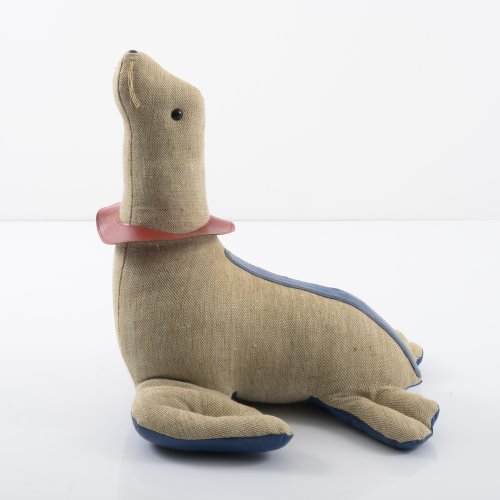
-
Sold
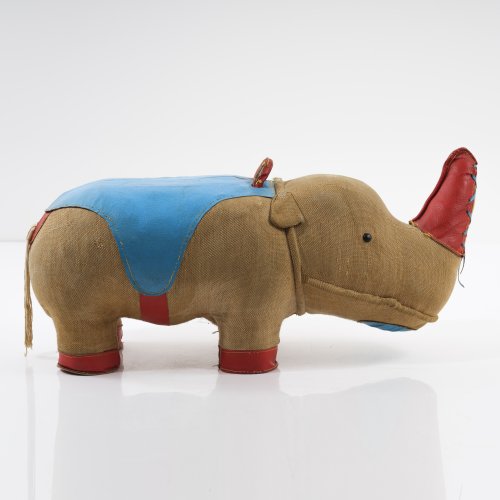
-
Sold
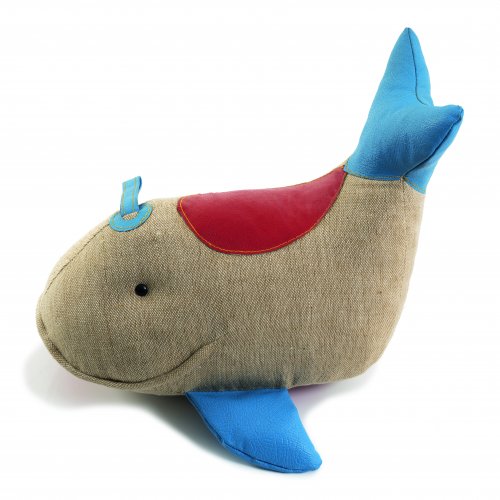
Renate Müller Müller, Renate, Therapeutisches Spielzeug, Sonneberg
Whale, 1972
Hammer Price: 1,100 €
-
Sold
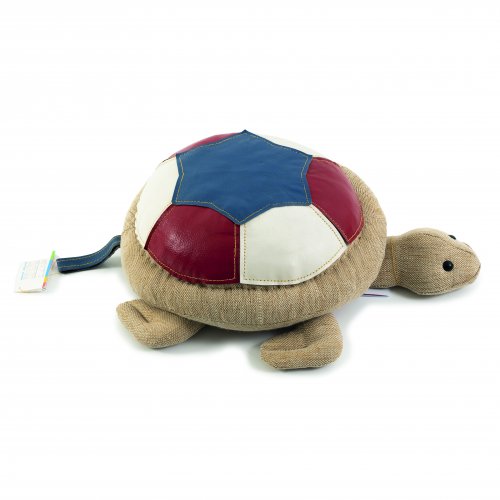
-
Sold
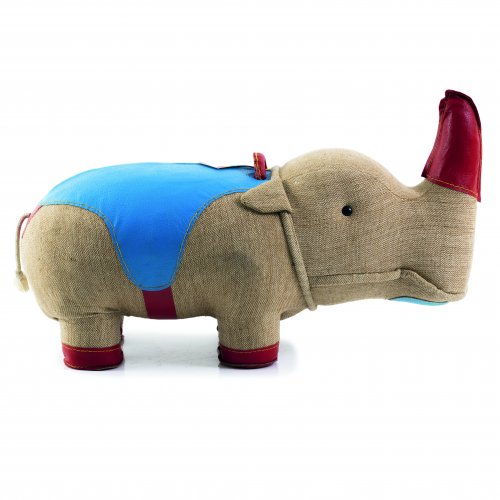
Renate Müller Müller, Renate, Therapeutisches Spielzeug, Sonneberg
Rhino, c. 1968
Hammer Price: 950 €
-
Sold
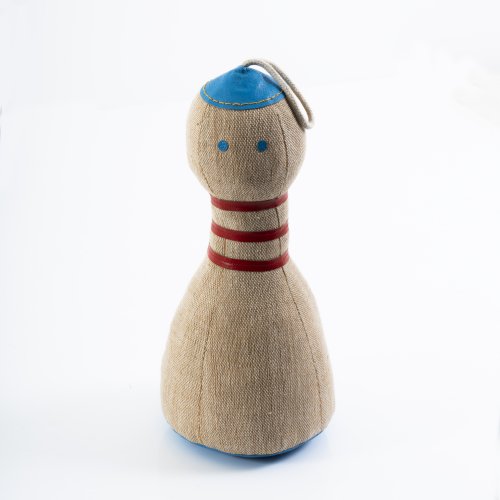
Renate Müller Müller, Renate, Therapeutisches Spielzeug, Sonneberg
Bowling pin, 1968
Hammer Price: 150 €
-
Sold
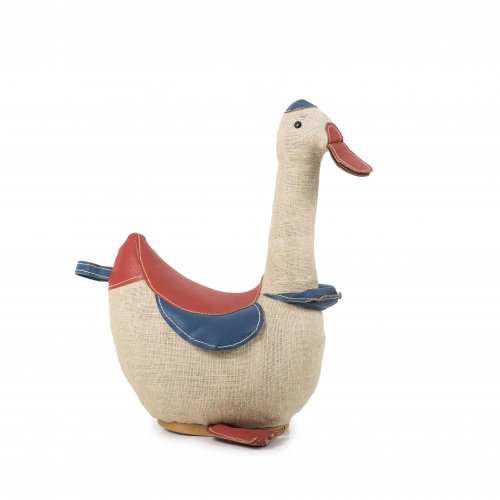
-
Sold
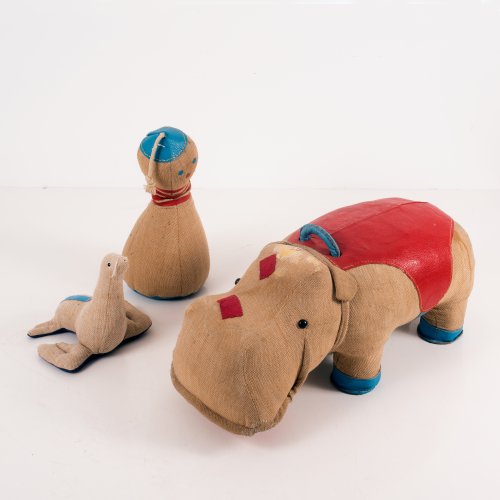
Renate Müller H. Josef Leven KG, Sonneberg (zugeschrieben)
Toys: Hippo, small seal and cone, 1968-1971
Hammer Price: 1,500 €
-
Sold
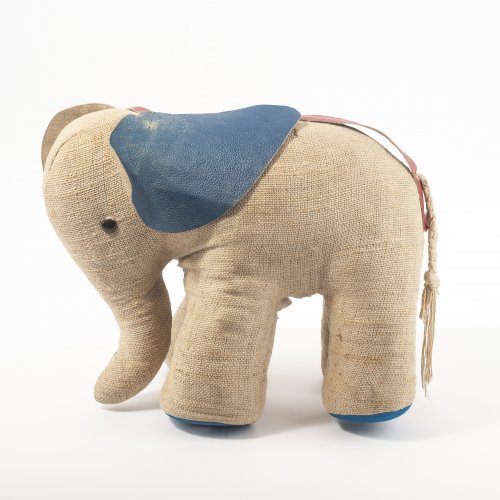
-
Sold
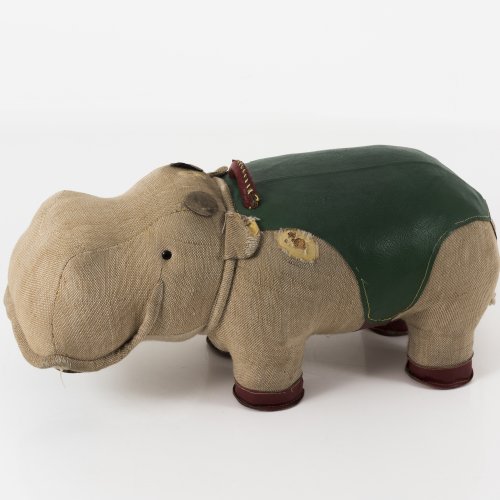
-
Sold
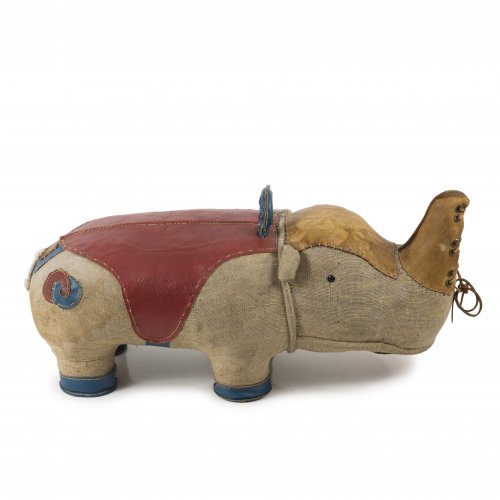
-
Sold
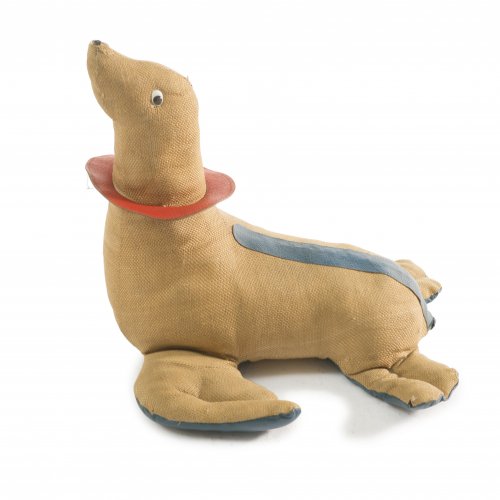
-
Sold
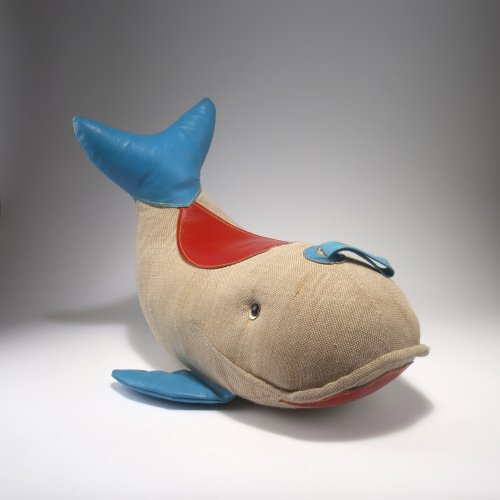
-
Sold
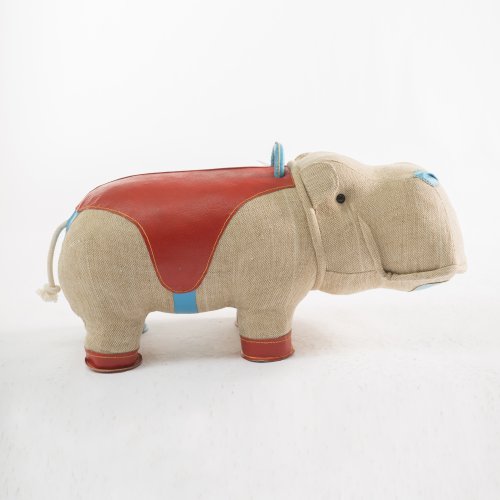
-
Sold
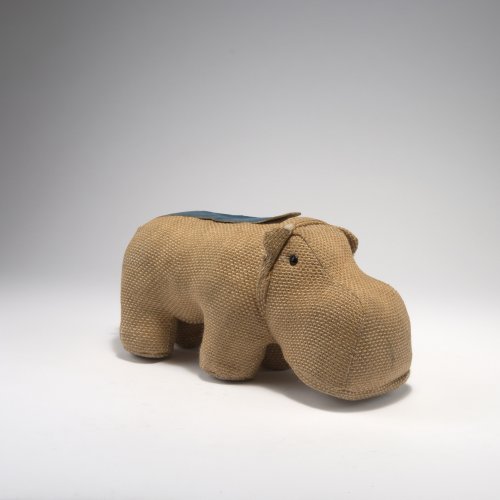
-
Sold
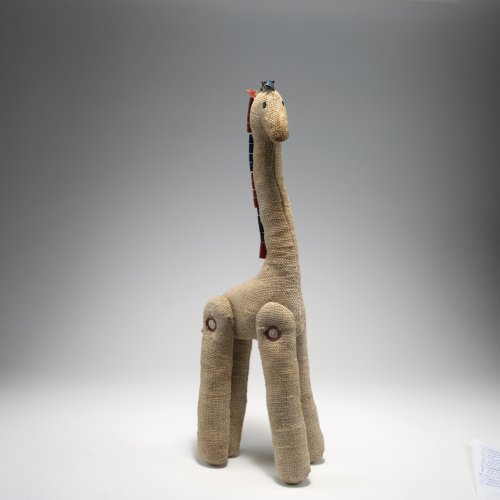
-
Sold
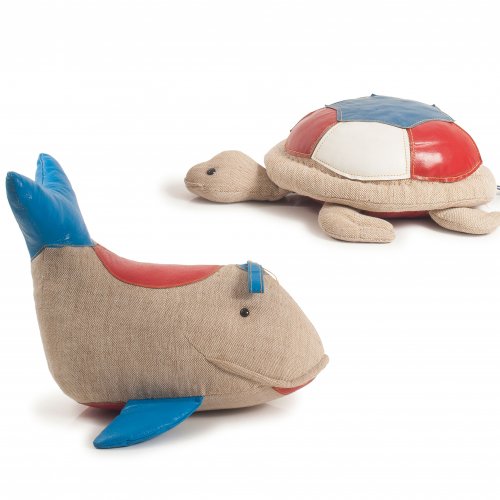
Renate Müller Müller, Renate, Therapeutisches Spielzeug, Sonneberg
Whale, 1972
Hammer Price: 1,500 €
-
Sold
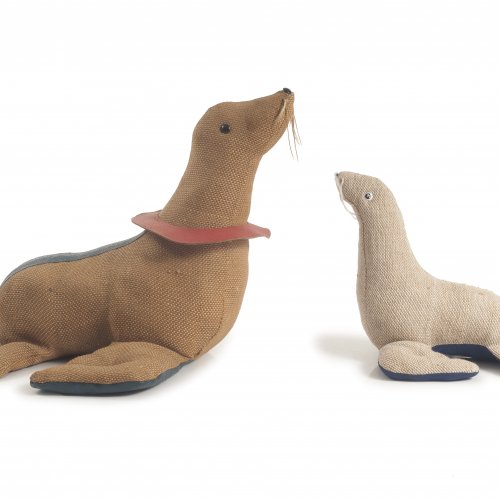
-
Sold
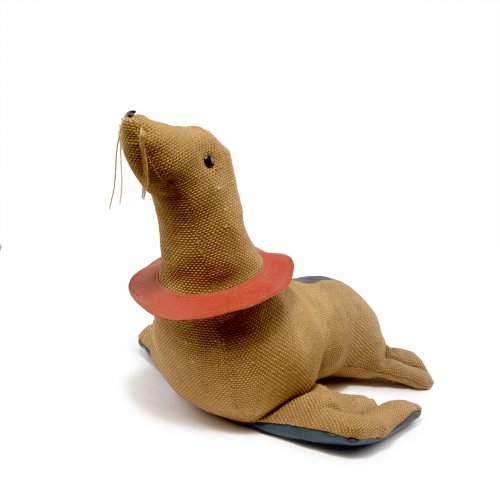
-
Sold
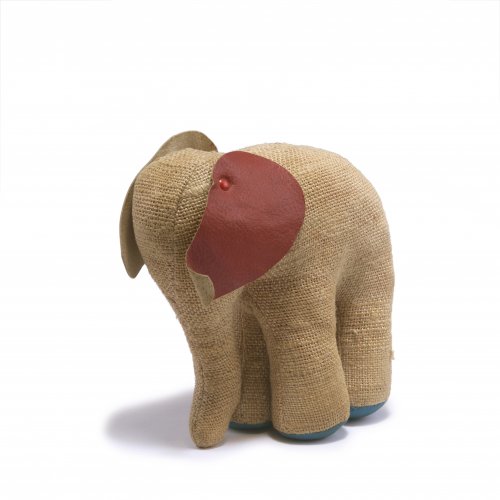
-
Sold
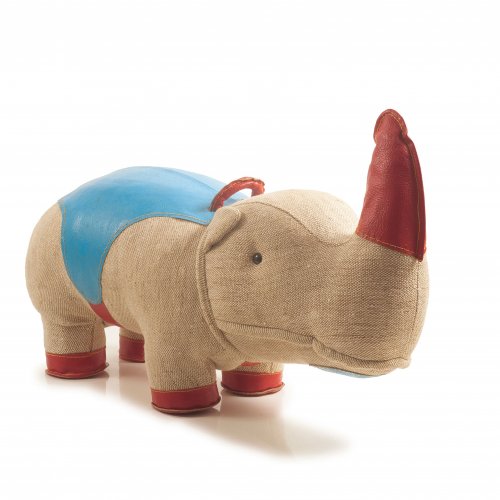
Renate Müller Müller, Renate, Therapeutisches Spielzeug, Sonneberg
Rhino, c1968
Hammer Price: 1,600 €
-
Sold
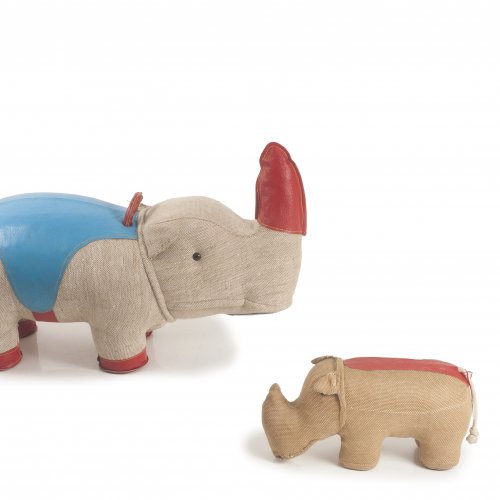
-
Sold
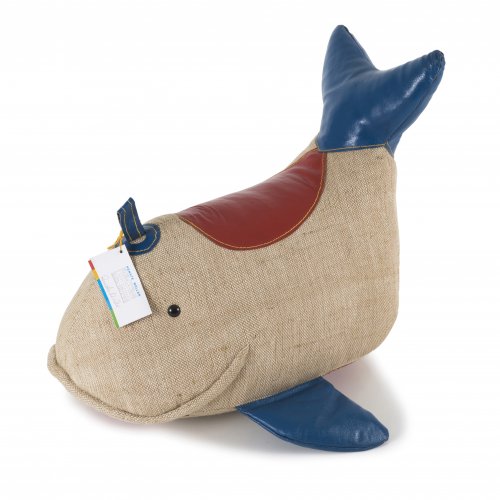
Renate Müller Müller, Renate, Therapeutisches Spielzeug, Sonneberg
Whale, 1972
Hammer Price: 2,300 €
-
Sold
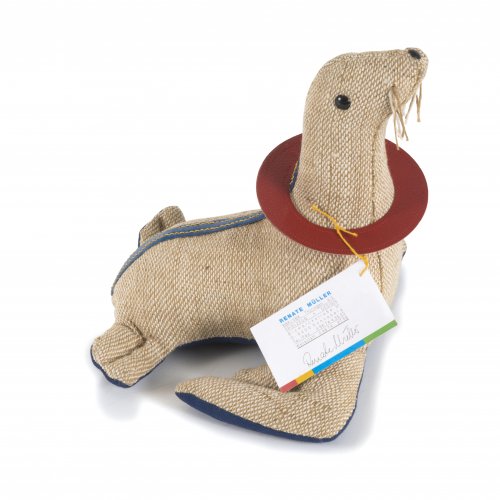
Renate Müller Müller, Renate, Therapeutisches Spielzeug, Sonneberg
Baby seal, 1971
Hammer Price: 750 €
-
Sold
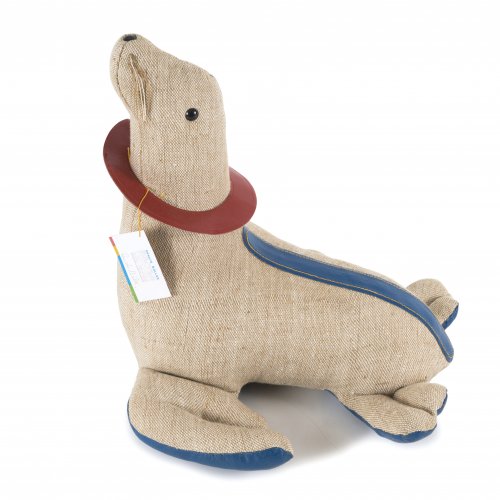
-
Sold
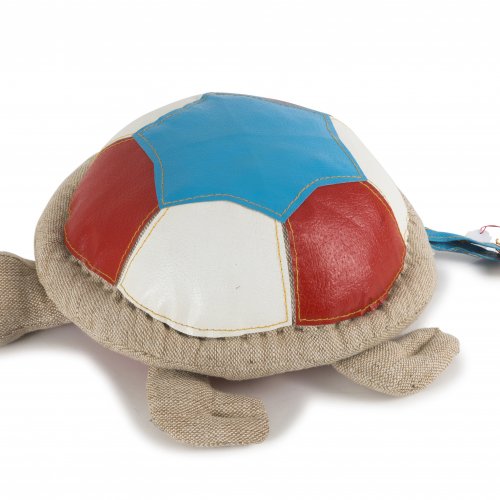
-
Sold
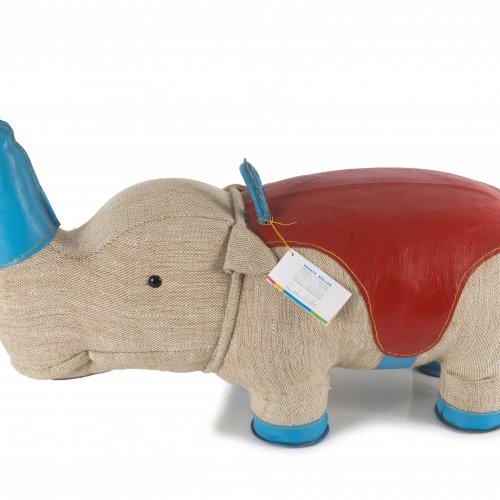
Renate Müller Müller, Renate, Therapeutisches Spielzeug, Sonneberg
Rhino, c1968
Hammer Price: 2,200 €
-
Sold
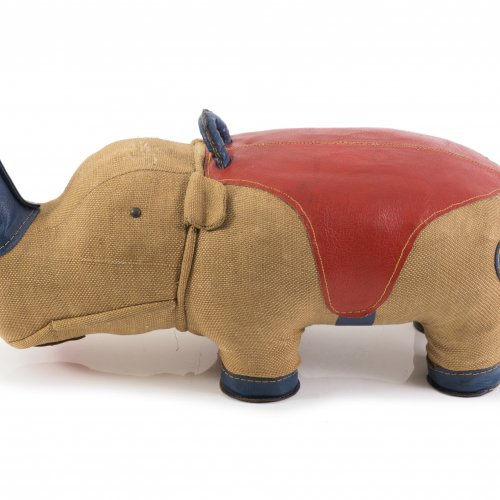
-
Sold
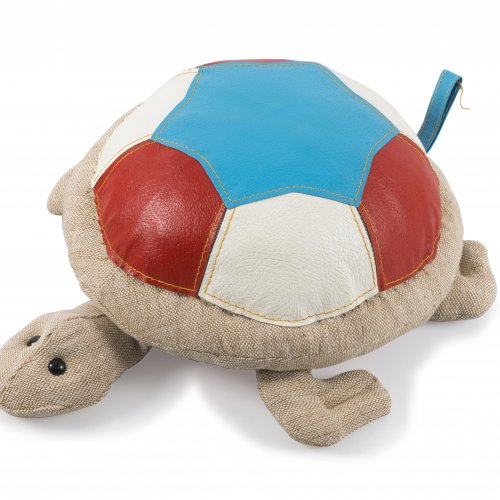
-
Sold
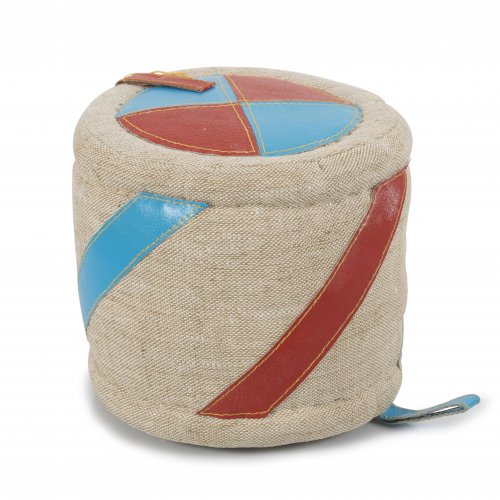
Renate Müller Müller, Renate, Therapeutisches Spielzeug, Sonneberg
Cushion, 1968
Hammer Price: 400 €
-
Sold
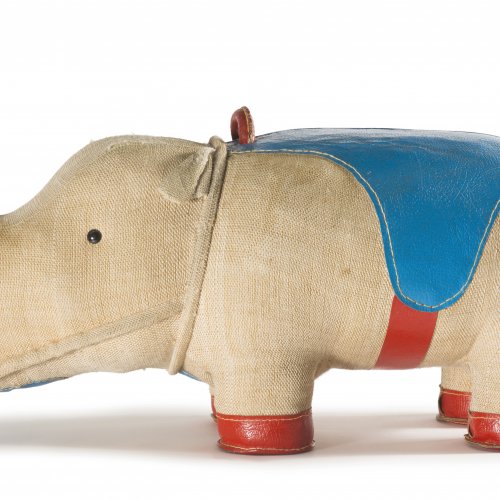
-
Sold
-
Sold
-
Sold
-
Sold
-
Sold
-
Sold
-
Sold
-
Sold
